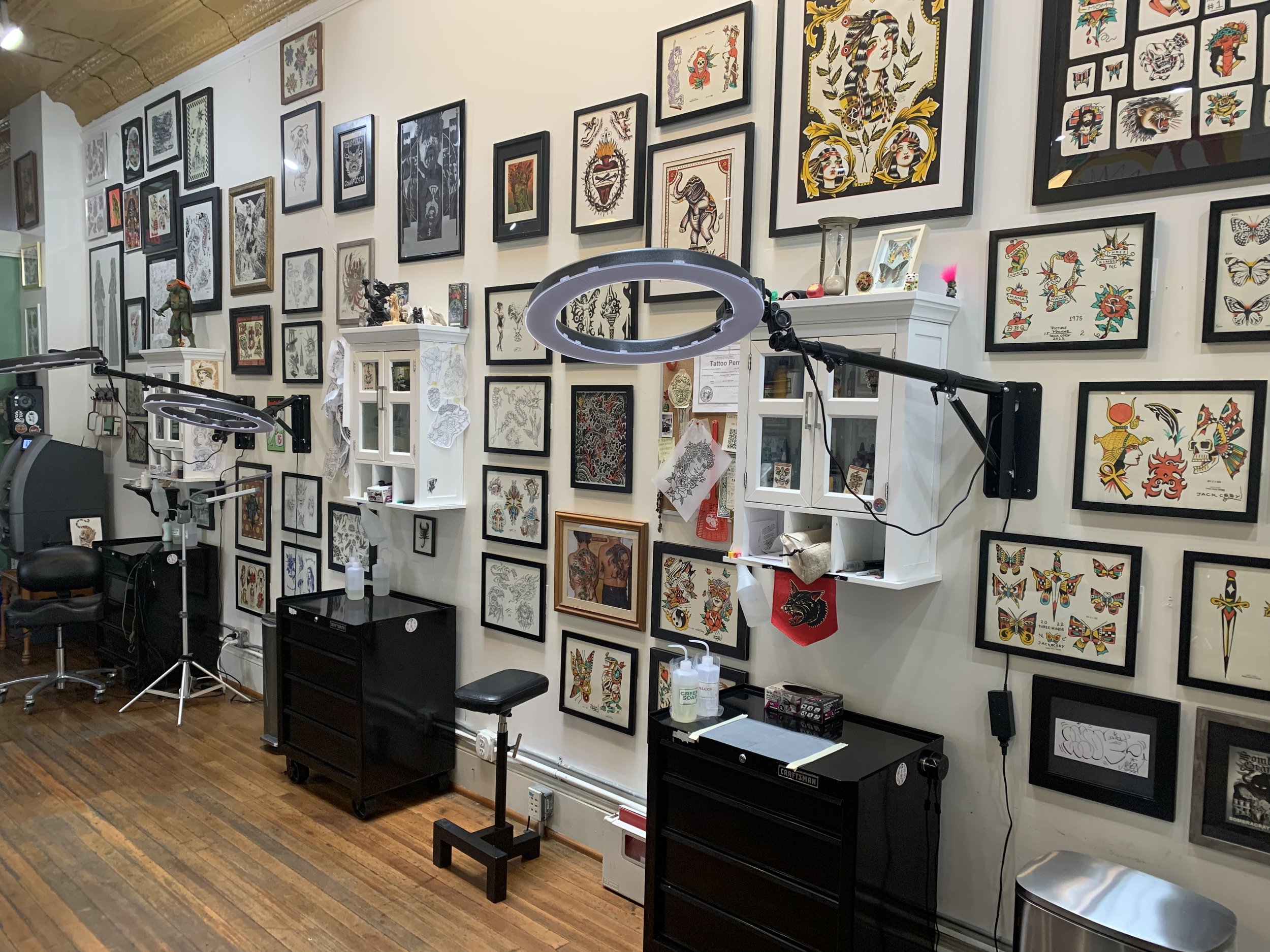the history of tattooing
The Timeless Art of Tattooing: A Journey Through History
In the heart of every tattoo lies a story, a piece of history tattooed into the skin. As the owner of Twin Suns Tattoo, I've witnessed the profound impact these stories have on individuals, each tattoo a testament to personal journeys and cultural legacies. Join me as we embark on a journey through time, exploring the ancient origins and evolution of tattooing, an art form that has adorned human bodies for thousands of years.
From the intricate designs of Polynesian warriors to the regal tattoos of European royalty, we'll delve into the diverse tapestry of tattoo history. Discover how this ancient practice has transcended cultures and epochs, evolving into the vibrant and dynamic art form we celebrate today.
The Timeless Art of Tattooing: A Journey Through History
As the proud owner of Twin Suns Tattoo, I've always been fascinated by the rich tapestry of tattooing's history. This ancient art form, which has adorned human skin for millennia, carries with it stories of identity, expression, and tradition. Today, I want to take you on a journey through the ages to explore the origins and evolution of tattooing.
The Ancient Beginnings
Tattooing is as old as civilization itself, with evidence dating back to the Neolithic era. The oldest known tattoos were discovered on the Iceman, Ötzi, who lived around 3250 BCE. His body bore 61 tattoos, which were simple lines and dots, believed to be a form of therapy or symbolism.
In ancient Egypt, tattoos were a mark of status and religious devotion, primarily found on women. The discovery of mummified remains, such as the Priestess of Hathor, showcases intricate designs that symbolize fertility and protection.
The Polynesian Influence
The word 'tattoo' itself is derived from the Polynesian word 'tatau,' meaning 'to mark.' Polynesian tattooing is one of the most intricate and culturally significant forms of body art. These tattoos, known as 'Ta Moko' in Maori culture, are more than mere decorations. They tell the story of the wearer's lineage, status, and achievements.
In Samoa, the 'Pe'a,' a traditional male tattoo, is a rite of passage, symbolizing the transition from boyhood to manhood. The process is deeply ceremonial and can take weeks to complete, highlighting the importance of tattoos in social and cultural identity.
The Spread to the West
Tattooing spread to the Western world through exploration and trade. In the 18th century, sailors, including the famous Captain James Cook, encountered Polynesian cultures and brought the art of tattooing back to Europe. Initially, tattoos were a mark of the adventurous and the seafaring, but they gradually gained popularity among the upper classes.
In the 19th century, tattoos became a fashionable trend among European and American aristocracy. Figures such as King Edward VII and Tsar Nicholas II sported tattoos, signaling a shift in the perception of body art from the fringes to mainstream society.
The Modern Era
The 20th century saw significant advancements in tattooing technology, with the invention of the electric tattoo machine. This innovation made tattooing more accessible and opened up new possibilities for design and detail.
The latter half of the century witnessed the rise of countercultural movements, which embraced tattoos as a form of self-expression and rebellion. The punk and rock scenes of the 1970s and 80s, in particular, adopted tattoos as symbols of non-conformity and individuality.
Today, tattooing is a global phenomenon, with diverse styles and techniques reflecting the creativity and innovation of artists around the world. From traditional hand-tapped tattoos to hyper-realistic portraits, the art form continues to evolve, while still paying homage to its ancient roots.
The Role of Tattoo Artists
As a tattoo artist, I feel a deep sense of responsibility to honor the history and cultural significance of this art form. Every tattoo I create is a collaboration between myself and the client, a unique expression of their story and identity. It's a privilege to be a part of this ongoing tradition, connecting people across time and cultures through the universal language of tattooing.
Final Thoughts
The history of tattooing is a testament to the enduring human desire for self-expression and connection. From the ancient markings on Ötzi the Iceman to the vibrant body art of today, tattoos are a reflection of our shared humanity. As we continue to push the boundaries of creativity and skill, we pay tribute to the rich heritage of this timeless art form.
At Twin Suns Tattoo, we are proud to be part of this ever-evolving story, and we look forward to creating beautiful, meaningful tattoos that honor the past while embracing the future.
I hope you enjoyed this journey through the history of tattooing. If you're inspired to add your own chapter to this story, we'd be honored to help you create a tattoo that reflects your unique identity and history.





